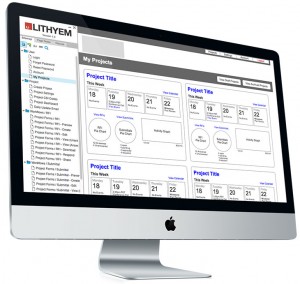 Myriad factors can stop the growth of your business. Fortunately, you can diagnose and address the operational inefficiencies that can hinder your expansion.
Myriad factors can stop the growth of your business. Fortunately, you can diagnose and address the operational inefficiencies that can hinder your expansion.
Here are four places to look for trouble:
1. Unbalanced workforce
Finding the right balance of people to work in your company is crucial for improving and maintaining efficiency over time. Sometimes, throwing more people at a problem will just make it harder to solve. On the other hand, not having enough people will lead to inefficiency. The idea is to reach a state of Pareto optimal efficiency, in which any further attempts at improvement lead to a decrease in efficiency for the entire system. This balance will shift as a company scales, so you will need to continually check for weaknesses and redistribute resources accordingly.
2. Lackluster Information Technology
In many cases, unsuitable hardware and software conspire to slow a business’ progress. A company can try to buy IT on the cheap to lower startup costs, but this short-term relief comes at the cost of long-term efficiency. This under investment in IT resources will result in systems that can’t scale with a growing business. Efficiency takes a nose dive and you may miss out on revenue opportunities because your systems can’t keep up with new orders.
Enterprise IT systems such as enterprise resource planning and customer relationship management must not only scale but provide employees with the proper tools to do their jobs. Businesses that fail to take the time to study user needs and define requirements will end up providing systems that workers find more of a hinderance than a help. An employee who lacks proper IT support is an unproductive employee.
3. Bad Business Processes
A company is only as strong as its weakest operational link. Being able to identify bottlenecks or poorly designed business processes will help you prevent stagnation.
For example, any process that requires re-entering data from one system to another should capture your attention. Such fragmentation is grossly inefficient and will lengthen cycle time. A company that wastes time will multiple manual handoffs between systems will struggle to meet production schedules and shipping dates. Missed sales opportunities will naturally slow your growth.
4. Redundant Data Entry
A troubling consequence of process fragmentation is double data entry. Such redundancy can bedevil businesses that let systems proliferate without adequate governance. This particular pitfall not only wastes time, but results in unreliable data. Business will find themselves with multiple, conflicting records for the same customer. And, on top of that, a company’s data analytics and reporting become untrustworthy. It’s hard to maintain growth when you are constantly dealing with dodgy data.
Worried about operational efficiency? Lithyem provides an operating platform that scales with your maturing business and expanding sales. This operating platform approach eliminates the unnecessary overhead and complexity that can plague a growing business.
What are your biggest challenges as you attempt to expand your operations? Leave your comments below.
















